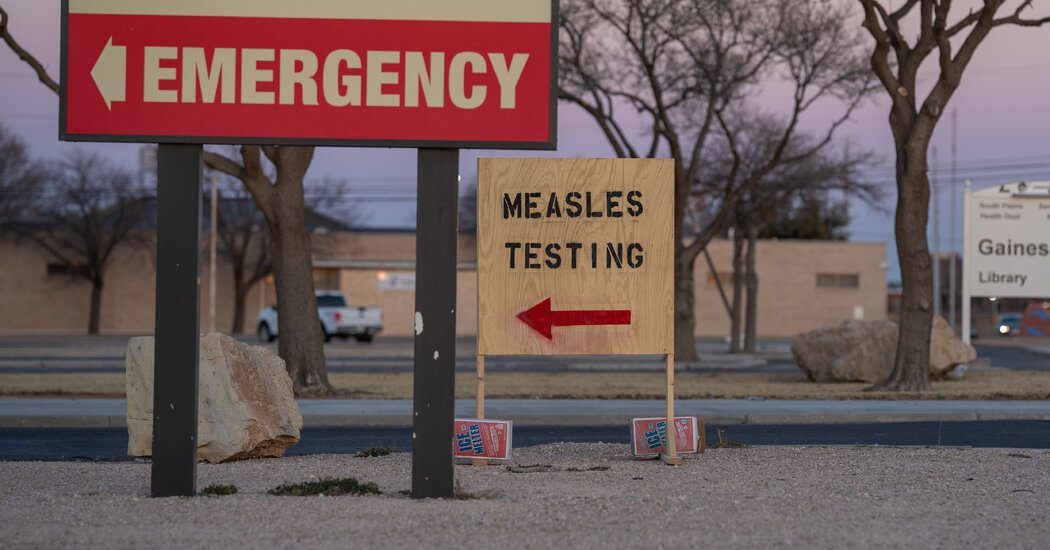
During the early 20th century, the Southern United States was significantly affected by intestinal hookworms. Initial assessments in the 1930s indicated that as much as 54% of the local population was infected, with certain regions experiencing infection rates soaring to 76%. Thanks to dedicated deworming initiatives and enhanced sanitation practices, these parasites were largely eradicated over the following decades. Nevertheless, as noted in a medical editorial in 2017: They are still present. That same year, research identified genetic remnants of N. americanus in the feces of over a third of those examined within a low-income community in Lowndes County, Alabama, where around 50% of households lack effective sewage systems.
Creeping Eruption
While considering this unsettling information might not make for pleasant bedtime thoughts, it’s essential to recognize there’s another type of hookworm: those that penetrate the skin but typically do not reach the intestines and instead roam beneath the surface. This scenario might seem more favorable compared to gastrointestinal infections. However, it only is if you are comfortable with larvae wriggling through your skin’s layers, producing an intensely itchy rash characterized by redness and small, pus-filled blisters. This skin reaction, known as cutaneous larva migrans (CLM) or “creeping eruption,” can be quite bothersome.
This type of hookworm infestation usually originates from animals infested with the parasites. The specific species responsible for CLM in humans include those that typically infect domestic pets, such as hookworms from dogs and cats (Ancylostoma caninum, A. braziliense, and Uncinaria stenocephala), with rare cases involving cattle (Bunostomum phlebotomum).
In animals, these hookworms undergo a life cycle similar to that of their intestinal counterparts, residing primarily in the small intestines. However, in humans, the hookworms hit a dead end. Most larvae remain trapped within the skin, wandering aimlessly until they die, which can take approximately five to six weeks without treatment. These tiny larvae, measuring 500 to 600 micrometers (0.05 to 0.06 centimeters) long, can migrate several centimeters in a single day. While some may penetrate deeper skin layers, they often become stuck. Occasionally, A. caninum, which typically infects dogs, can manage to reach the intestines and initiate partial development, but they are unable to complete their life cycle.









